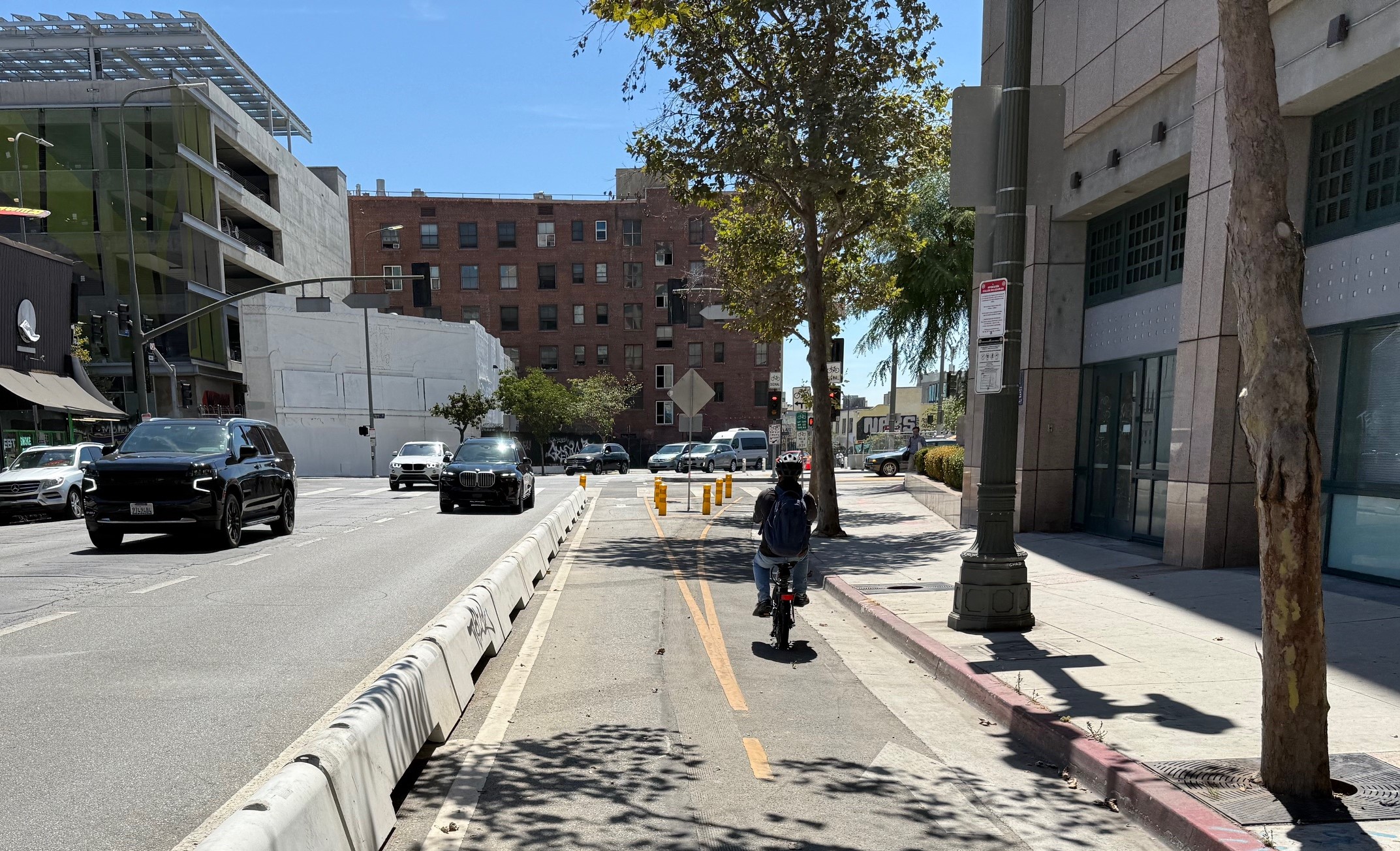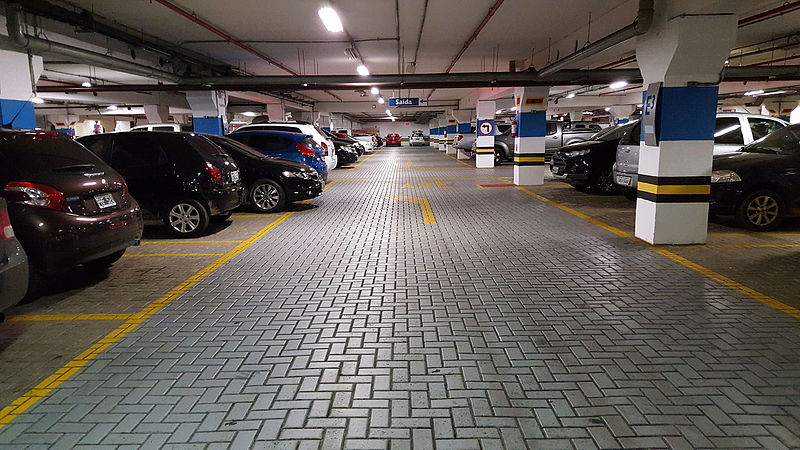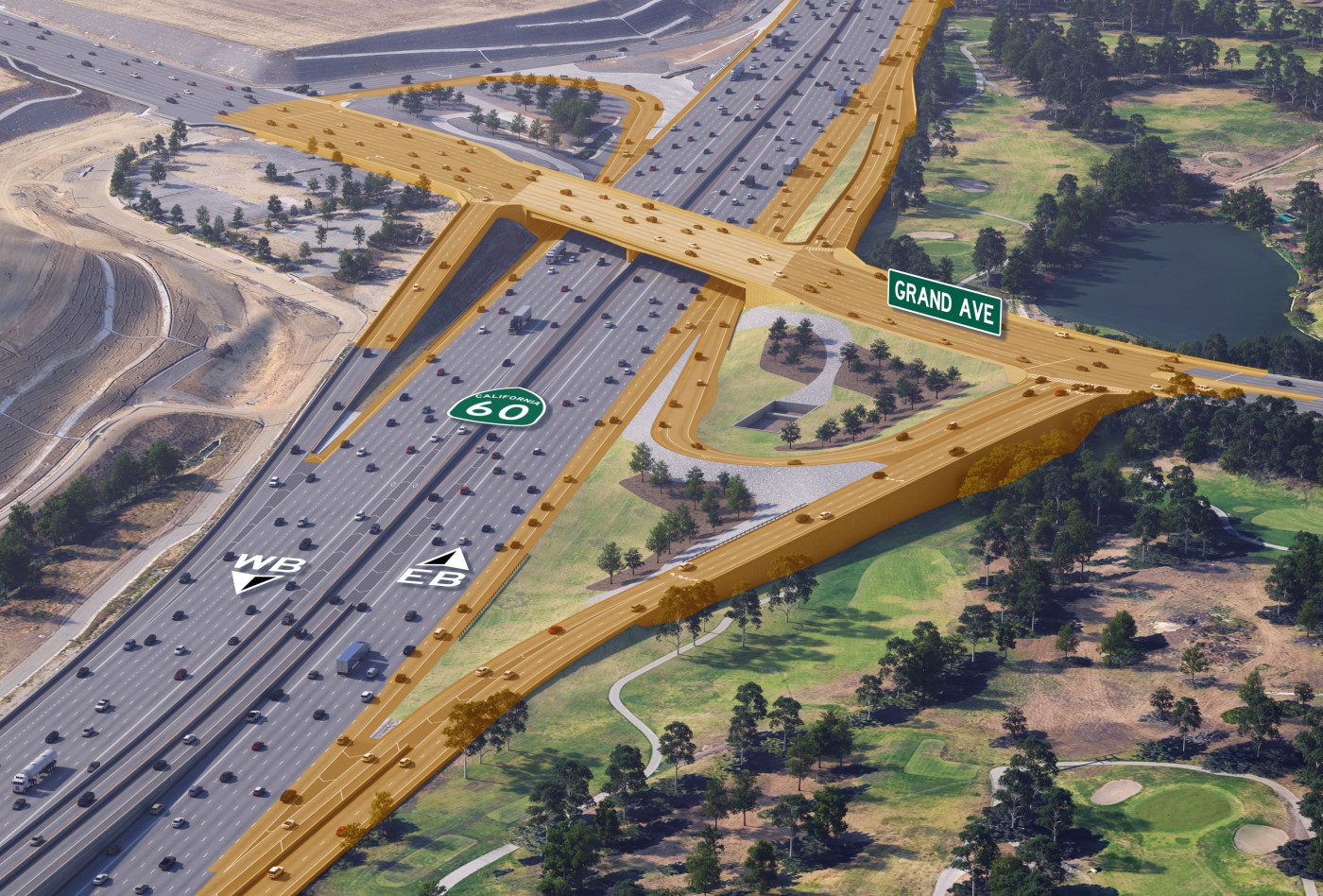The California Court of Appeals yesterday confirmed a lower court ruling that the environmental impact report (EIR) for San Diego's long-range regional transportation plan was inadequate. The EIR, said the court, underplayed the impact of the emissions that would result from its highway-building, sprawl-inducing plan.

SANDAG approved its regional transportation plan in October 2011. It was touted as the first transportation plan in CA to be completed under the auspices of S.B. 375, which mandates regional plans to reduce greenhouse gas emissions. But critics charged that the plan contradicted state climate change policy by focusing on highway expansions, which would only reinforce regional car dependence and increase emissions. Several groups took it to court, including the Center for Biological Diversity, the Sierra Club, and the Cleveland National Forest Foundation.
State Attorney General Kamala Harris later joined the suit. In 2012 a California Superior Court judge agreed with the plaintiffs, declaring that the EIR failed to acknowledge how the business-as-usual plan will increase greenhouse gas emissions.
The appellate decision says there are other problems with the environmental review. For example, highway expansions will increase pollution in nearby neighborhoods, but the San Diego Association of Governments (SANDAG) “never connected the dots between that pollution and its public health impacts,” said Kevin Bundy, an attorney for the Center for Biological Diversity.
According to projections in the plan, emissions from land use and transportation would decrease until 2020, exceeding the targets set by S.B. 375. But after 2020, emissions would rise again, intersecting with the S.B. 375 targets somewhere around 2030.
“They acknowledged that in their environmental review,” said Bundy, “but what they didn't acknowledge was that under state climate policy, and according to the best climate science, emissions have to go way down by 2050 — and stay down.”
Under the transportation plan as it's currently written, emissions in 2050 would be almost seven times higher than state climate change targets. “That was not explicitly stated in the review. SANDAG did not let the public know how far off emissions would be by 2050,” said Bundy, who says the calculations are buried in a staff report but not included in the EIR.
“CEQA is all about full disclosure, about being honest about impacts,” he said. “I think they really stumbled on this.”
The court also ruled that SANDAG failed to consider alternatives that could help reduce driving.
“SANDAG's excuse is that the 2050 goal is just an executive order, and that it is not binding,” said Bundy. “But it is consistent with the best climate science, and with SANDAG's own Climate Action Strategy," which is available in this PDF.
The SANDAG board will decide whether to appeal the Supreme Court's ruling or follow the lower court's requirements to redo its environmental review. If it's any indication, the board recently refused to consider adopting a “transit first” policy or to put money slated for highways towards transit improvements.






